North of Gerrard St. the area was more mixed, with houses belonging to both blue and white collar workers and even some wealthy company owners in the large houses along Carlton Street. Many of the homes were built in what is now considered the quintessential Cabbagetown style. Tall, thin, asymmetrical and often semi-detached, these Gothic Revival style houses featured protruding bay windows and a pointed front gable, often decorated with gingerbread.
Land in Cabbagetown was also set aside for public space. Two cemeteries were opened in the area, St. James Cemetery, in 1844, and the Necropolis Cemetery, in 1850. These are the final resting places for several important figures in Canadian history, including George Brown, Robert Baldwin and William Lyon Mackenzie.
Starting in 1899, part of Riverdale Park West became the home of Toronto’s first zoo with lions, bears and monkeys. The zoo closed in 1974 and moved to Scarborough. A heritage farm opened in 1978, and is today home to cows, horses, pigs and the ever popular heritage chickens.
Cabbagetown’s prosperity peaked in the late 19th century (the majority of Cabbagetown’s stock of homes was built in the 1880s and 1890s) and early 20th century. The First World War had a devastating impact on the area and its population, and the area slid into decline even before the 1930s Depression drastically changed the face of Cabbagetown. As jobs became scarce, people fell on hard times. Many were forced to move away and families were split up. Many of the homes were subdivided into apartments or what were often sketchy rooming houses, and forgotten by city planners. It was this period that prompted author Hugh Garner to call Cabbagetown “the largest Anglo-Saxon slum In North America”.
